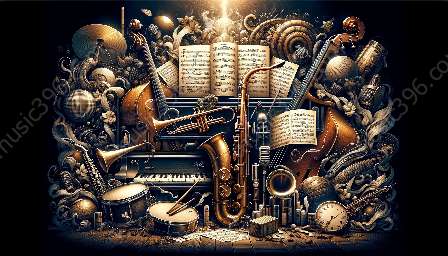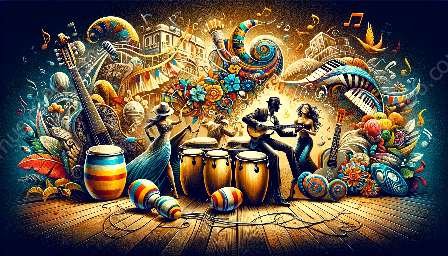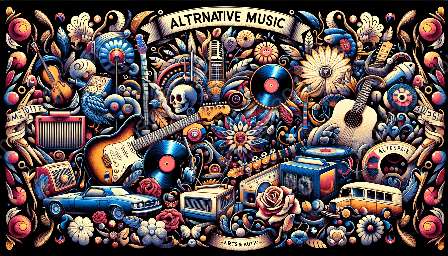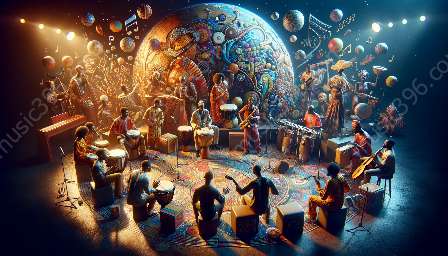When it comes to Brazilian music, two distinct genres stand out: bossa nova and traditional samba. While both styles originate from the vibrant culture of Brazil, they each possess unique characteristics that set them apart. From rhythms and melodies to their historical origins, understanding the differences between bossa nova and traditional samba can deepen your appreciation for these iconic music genres.
Origins and Historical Context
Bossa nova and traditional samba both have deep roots in Brazilian culture, yet their origins and historical context are distinct.
Bossa Nova: Emerging in the late 1950s, bossa nova originated in the beaches of Rio de Janeiro, combining elements of samba with influences from jazz and classical music. The genre gained international recognition through artists like João Gilberto and Antônio Carlos Jobim, whose compositions, such as “The Girl from Ipanema,” became synonymous with bossa nova’s laid-back, sophisticated sound.
Traditional Samba: Samba, on the other hand, has a rich history dating back to the early 20th century, rooted in the Afro-Brazilian communities of Rio de Janeiro. Initially associated with carnival celebrations and street parties, traditional samba embodies the infectious energy and syncopated rhythms that define Brazil’s musical identity. Over time, samba has evolved into various styles, including partido-alto, samba-enredo, and pagode, each with its own unique characteristics and cultural significance.
Rhythmic Complexity and Instrumentation
The rhythmic patterns and instrumentation in bossa nova and traditional samba are key elements that distinguish the two genres.
Bossa Nova: Bossa nova is characterized by its smooth, understated rhythms and intricate guitar melodies. The use of syncopation and subtle percussion creates a relaxed, yet sophisticated groove that captivates listeners. The nylon-string guitar, known as the violão, plays a central role in bossa nova arrangements, often accompanied by light percussion and delicate vocal harmonies.
Traditional Samba: In contrast, traditional samba features dynamic, high-energy rhythms driven by a variety of percussion instruments, including the surdo, pandeiro, and tamborim. The polyrhythmic patterns and pulsating beats create an infectious dance atmosphere, inviting people to move and groove to the music. Brass instruments, such as trumpets and trombones, also play a prominent role in traditional samba arrangements, adding a bold and lively layer to the sound.
Melodic and Lyrical Styles
Examining the melodic and lyrical characteristics of bossa nova and traditional samba sheds light on their expressive differences.
Bossa Nova: Bossa nova melodies often exhibit a gentle, introspective quality, reflecting the genre’s emphasis on understated sophistication. The melodies, influenced by jazz harmonies, possess a seductive allure that complements the genre’s lyrical themes of romance, longing, and the beauty of everyday life. Bossa nova lyrics, frequently sung in Portuguese, convey poetic narratives and evocative imagery that invite contemplation and reverie.
Traditional Samba: Conversely, traditional samba melodies and lyrics exude a festive, celebratory essence, mirroring the exuberance and vitality of Brazilian culture. The melodies are often bright and spirited, designed to ignite joyful dancing and communal participation. Lyrically, traditional samba songs explore a wide range of themes, from social commentary to tales of love and resilience, serving as vibrant expressions of everyday experiences and collective joy.
Cultural Significance and Global Influence
Both bossa nova and traditional samba have left an indelible mark on the global music landscape, yet their cultural significance and influence extend in distinct ways.
Bossa Nova: With its sophisticated harmonies and elegant melodies, bossa nova captured the attention of international audiences, influencing jazz musicians and sparking a wave of global admiration for Brazilian music. The genre’s influence can be heard in diverse musical styles, ranging from bossa-inspired jazz standards to contemporary pop and electronic music, showcasing its enduring allure and adaptability.
Traditional Samba: Traditional samba, rooted in the pulsating rhythms and communal spirit of Brazilian culture, continues to serve as a vibrant symbol of Brazilian identity and heritage. From its role in carnival celebrations to its place in the evolution of Brazilian popular music, traditional samba remains a powerful force, inspiring artists and captivating audiences with its infectious energy and timeless rhythms.
Conclusion
Exploring the key differences between bossa nova and traditional samba reveals the rich diversity and cultural depth of Brazilian music. From their historical origins and rhythmic nuances to their melodic expressions and global impact, bossa nova and traditional samba stand as emblematic pillars of Brazil’s musical heritage. Whether you yearn for the intimate tranquility of bossa nova or the spirited exuberance of traditional samba, both genres offer captivating insights into Brazil’s musical tapestry, inviting listeners on a memorable journey through the captivating rhythms and melodies of this vibrant nation.












































